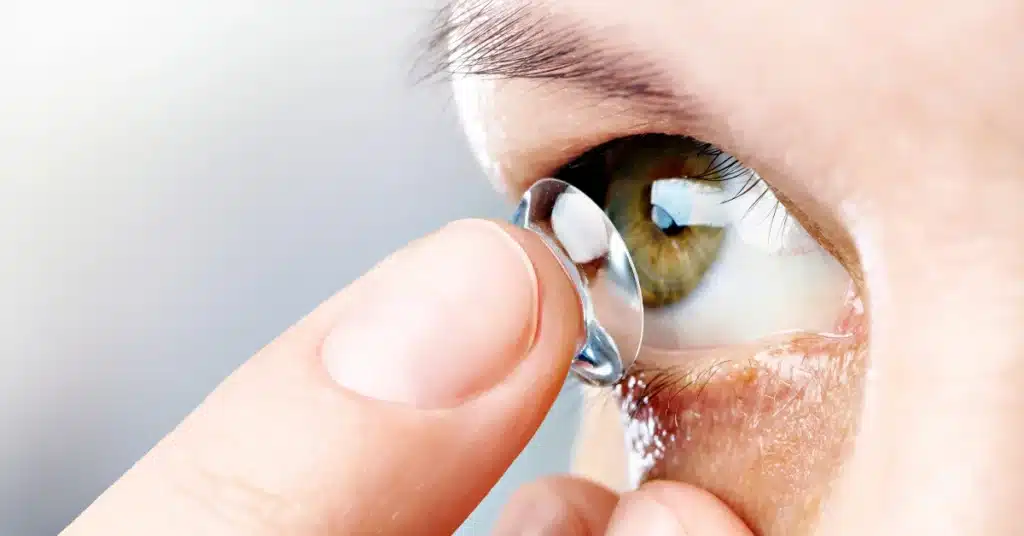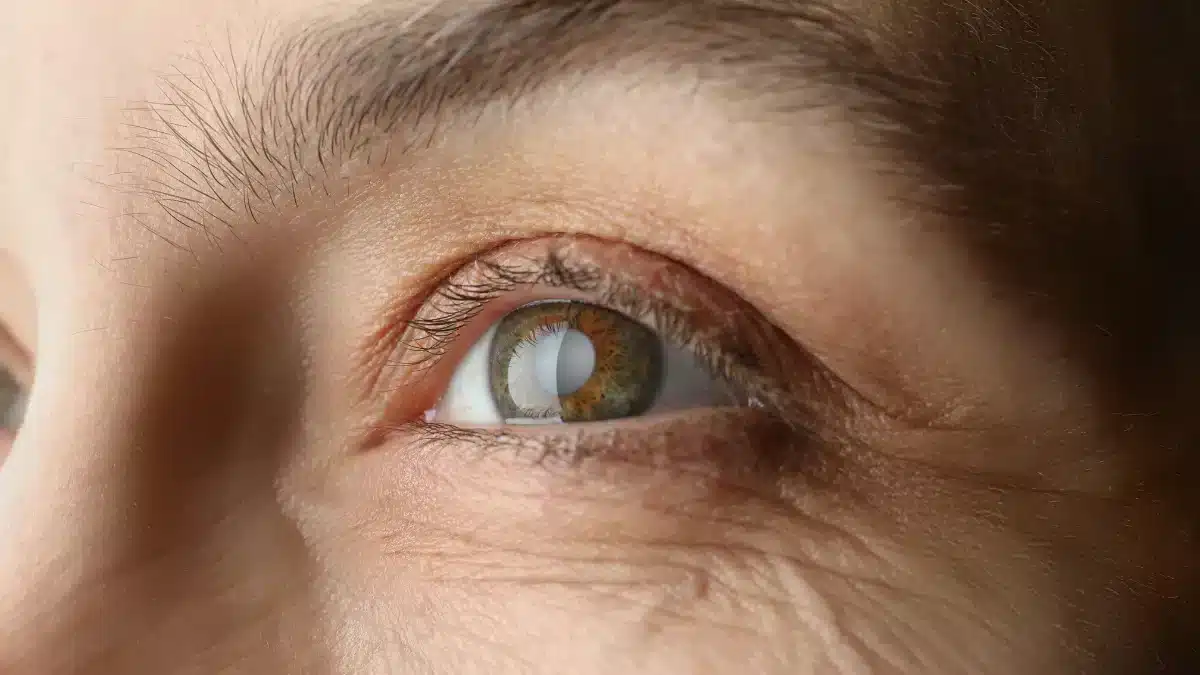Sunflower Cataract is a rare eye disease characterized by the presence of sunflower-shaped yellow opacities in the eye’s lens.
As the Sunflower Cataract progresses, it can lead to diminished vision and eventually blindness.
Although Sunflower Cataract can not be cured completely, its progression can be halted by early diagnosis and proper treatment.
This article will highlight Sunflower Cataract causes, its symptoms, and treatment choices.
What is a Sunflower Cataract
Cataracts are a widespread eye disease affecting millions of individuals throughout the globe.
There are various types of Cataracts; one of the rarest is the Sunflower Cataract.
This form of Cataract has a distinct look, similar to sunflower petals.
Sunflower Cataract is seen in the center of the eye’s lens.
Sunflower Cataract is typically associated with a hereditary illness often known as Wilson’s disease.
There are two forms of Sunflower Cataract: congenital and acquired.
Congenital Cataracts are present from birth.
It results from a genetic mutation that is passed on from parents to offspring.
On the other hand, Acquired Cataracts can be brought on by Diabetes, certain medications, or UV light exposure.
What are the symptoms of Sunflower Cataract
 Source: zoranm_from_Getty_Images
Source: zoranm_from_Getty_ImagesRegardless of different causes, both forms of Sunflower Cataracts exhibit the same symptoms.
The development of yellow opacities in the lens that resemble the sunflower petals is the most prominent sign of Sunflower Cataract.
These opacities can result in glare, impaired vision, and trouble seeing in dim light.
Symptoms like these can make daily tasks like driving or reading extremely challenging.
Sunflower Cataracts often affect both eyes, although other forms of Cataracts usually affect one eye only.
Redness, light sensitivity, and eye discomfort are other possible Sunflower Cataract symptoms.
Wondering if Cataract can cause blindness or not?
Try the best eye care product range at GoodRxMedicine.
What are the causes of Sunflower Cataract
Sunflower Cataract occurs due to Wilson’s disease, which is characterized by an accumulation of copper in the body.
Due to this hereditary condition, the body retains copper, which builds up in the eyes and other organs.
This excess copper results in the formation of the typical sunflower-shaped yellow opacities in the eye’s lens.
Also, the misuse or overuse of contact lenses might result in Sunflower Cataracts.
There are chances that the contact lenses may irritate and inflame the cornea, the transparent outer layer of the eye.
This may, therefore, result in protein accumulation in the lens, which could eventually lead to a Cataract.
Cataracts can be prevented by adopting Effective Strategies for Clear Vision.
What are the treatment options for Sunflower Cataract
 Source: Getty_images
Source: Getty_imagesSunflower Cataracts can be detected by a thorough eye exam.
Although Sunflower Cataract can not be cured, several treatments can aid in better eyesight.
Besides certain preventive measures, surgery is the only proven treatment for Sunflower Cataracts.
The clouded lens is removed during surgery and is replaced with an artificial one.
Your eyesight will gradually become better after the procedure.
However, you might need to use glasses or contact lenses to see properly.
Also, Wilson’s disease has been associated with Sunflower Cataracts; thus, treating the underlying illness is the most effective defense against them.
This includes routinely checking the body’s copper levels and, if needed, taking medicine to lower them.
Additionally, routine eye exams are necessary to identify any abnormalities in the lens and provide treatment as soon as possible.
Conclusion
Sunflower Cataract, a relatively rare kind of Cataract, was found to be associated with a hereditary disorder called Wilson’s disease.
It can be recognized by the development of yellow opacities in the lens that resemble sunflowers.
Surgery is the only proven therapy for Sunflower Cataracts where a damaged natural eye’s lens is replaced with an artificial one.
It’s essential to see an eye doctor if you detect any changes in your eyesight for proper diagnosis and treatment.
Explore the wide range of eye care products available at GoodRxMedicine to get a clear vision.
Frequently Asked Questions
What is a Sunflower Cataract caused by?
Sunflower Cataract is associated with Wilson’s disease, which leads to excessive copper accumulation within the body.
This, in turn, forms yellow opacities in the eye’s lens.
What is the Sunflower Cataract’s effect on the eyes?
The Sunflower Cataract can lead to impaired vision along with redness and discomfort in the eyes.
It can also make it difficult for you to see in dim lights.
What exactly is the sunflower form in the eye?
Copper accumulation in the lens causes a sunflower or sunburst Cataract, which consists of a greenish central disc in the anterior capsule and spoke-like radial cortical opacities.
How is a Sunflower Cataract treated?
Sunflower Cataracts can not be cured completely, but their development can be slowed down by replacing the damaged lens with an artificial one through surgery.
What other name is there for Sunflower Cataract?
Sunflower cataract is also known as pathognomonic for WD as it is seen as a secondary ocular symptom of Wilson’s disease.
When referencing outside resources, GoodrxMedicine always provides full citations. To learn more about the measures we use to maintain the quality of our content, please review our Content Information Policy.











